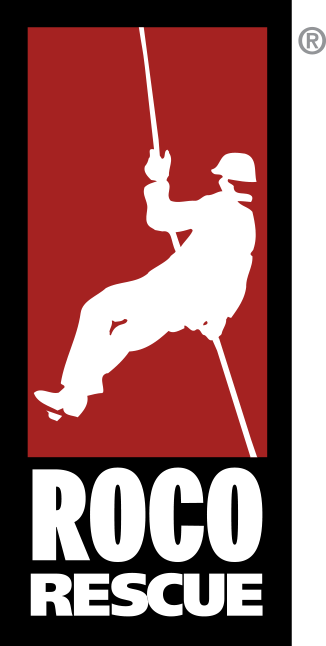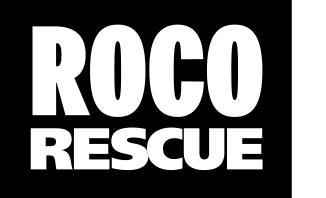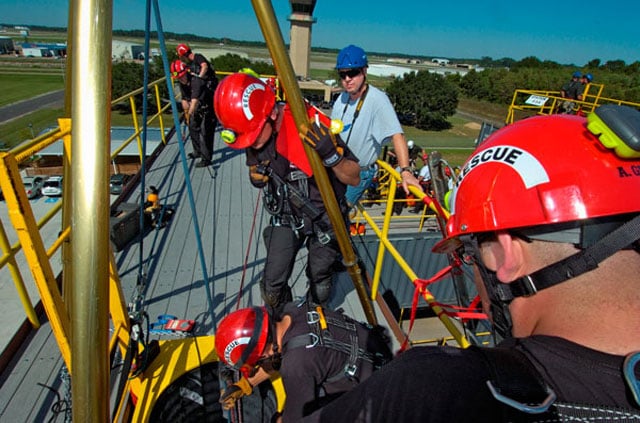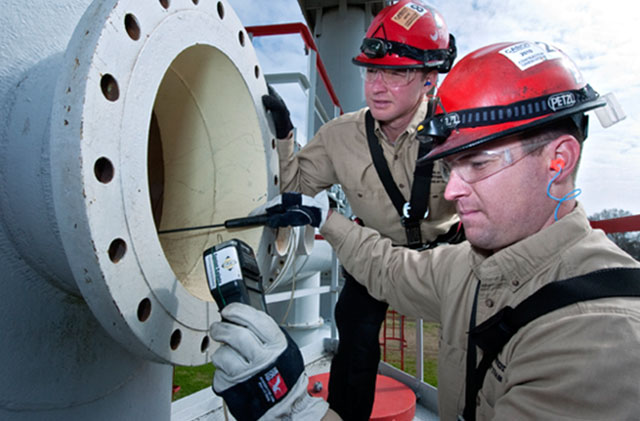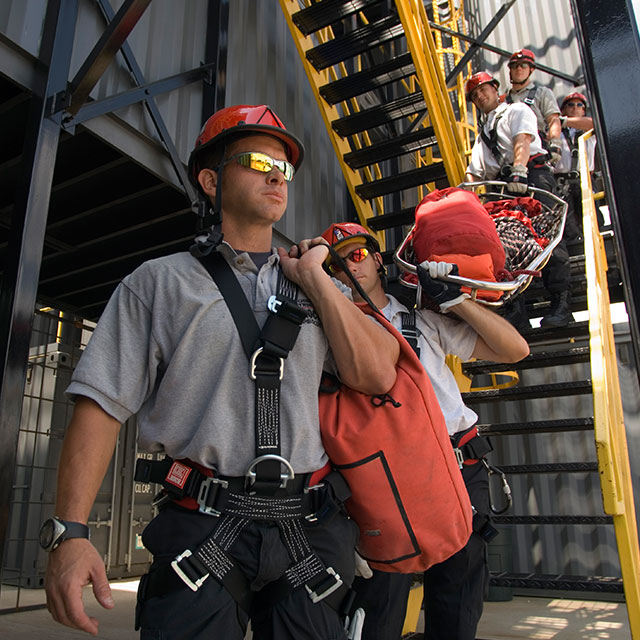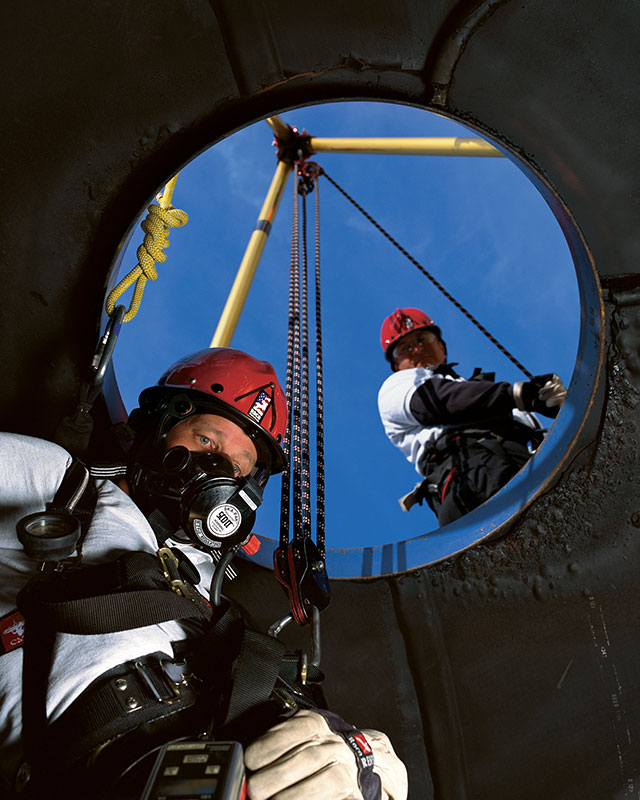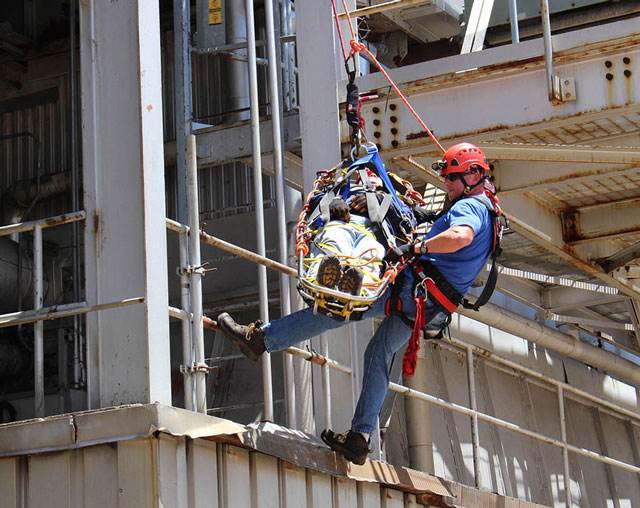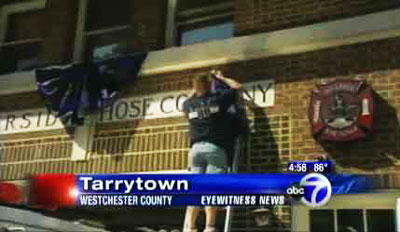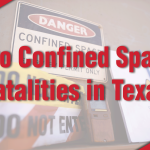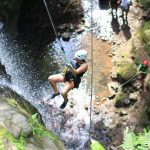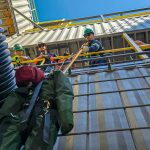May 12, 2011
As anyone who has ever been summoned to an industrial site for a confined space rescue, or has taken the opportunity to practice rescue drills in these facilities knows, sometimes the working area for the rescue team can be a tad cozy. By “cozy” we mean cramped. If there is the need for a haul...
Read More
January 21, 2011
“The fact that we rely on these instruments to detect hazards that may be colorless, odorless, and very often fatal, should be reason enough to motivate us to complete a very strict schedule of instrument calibration/maintenance and pre-use bump testing.” Here at Roco, we’re often asked for an explanation of the difference between “calibration” and...
Read More
January 3, 2011
New for 2011! Practical skills training with a focus on compliance, but without the certification testing. We’ve had many requests for a course that provides the skills, techniques and problem-solving scenarios for industrial rescue without the NFPA certification testing. Focusing on OSHA compliance, Roco’s new Industrial Rescue I/II will prepare rescuers and rescue teams for...
Read More
December 2, 2010
At some point, most atmospheric monitors will display a “negative” or minus reading for a flammable gas or toxic contaminant. First of all, it is not actually possible for an atmosphere to contain a “negative amount” of a substance. These negative readings usually result from improper use of the monitor. Most monitors will “Field Zero”...
Read More
November 18, 2010
To our knowledge, there is no regulatory requirement. However, we’ve heard this before and have used it as well when stressing the importance of proper PPE for rescuers, particularly when IDLH atmospheres may be involved. Here’s our thinking… if the entrant’s PPE did not provide adequate protection and he or she is now requiring rescue...
Read More
November 16, 2010
A blog reader, who is a member of a municipal rescue team assigned to an airport, expressed concern about fulfilling “timely response” obligations for permit-required confined space entries within his district. Here are some suggestions from our Tech Panel… First of all, the departments and agencies involved must carefully consider the obligations in providing rescue...
Read More
November 8, 2010
We had this question from a reader and wanted to post for all to read. Would a proper tailboard briefing conducted before a confined space entry be sufficient for identifying hazards that may be encountered by the entrants or the rescue team? It’s true that a tailboard briefing should be an integral part of the...
Read More
October 25, 2010
There’s no doubt about it, confined space entry is risky business. A first consideration should always be to try and eliminate the known and potential hazards – or, even better, “engineer out” the need for entry when possible. If it’s not possible (or feasible), and entry must be made, then as part of OSHA’s Permit-Required...
Read More
September 27, 2010
We received an interesting question about pre-rigged systems from one of our subscribers. The TechPanel had some helpful comments to share, so we have re-posted the info here. It’s a great topic. Things to consider about leaving systems pre-rigged First of all, whether to pre-rig systems or not depends a lot on the types of...
Read More
September 9, 2010
TARRYTOWN, NY (WABC) — A fire department official says oxygen levels were dangerously low in a manhole where a sewer worker and a firefighter died. No cause of death has been established in Monday’s deaths of sewer worker Anthony Ruggiero and Tarrytown firefighter John Kelly. At firehouses throughout Tarrytown, there are the ceremonial displays that...
Read More
